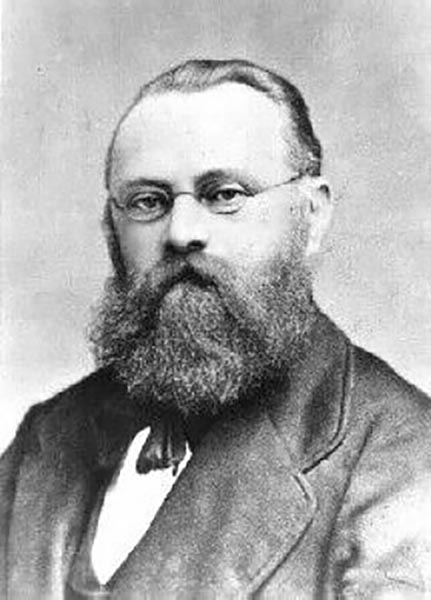Guglielmo Tempel (December 4, 1821 - March 16, 1889) (more widely known by his German name Wilhelm Tempel) was a German lithographer and astronomer. Born in Niedercunnersdorf in Saxony, Tempel learned the lithography profession and then worked in Germany and Denmark before moving to Italy, arriving in Venice by 1852. He was known for executing exceptionally fine engravings. While in Venice, where he was making a living as a stone engraver, Tempel bought his first telescope and spent his nights studying the sky. He discovered a comet in 1859 in Venice and the famous Pleiades nebula. He moved to Marseilles in 1860 and became an assistant at the observatory there in 1861. However, he left this position after 6 months and returned to working as an engraver and freelance astronomer, as he had in Venice. He discovered 6 planets and 10 comets while in Marseilles. He and the other Germans were expelled from France in 1870 because of the Franco-Prussian War and found his way to Milan, where he became an assistant in the Brera Observatory. He remained in Milan for 4 years and discovered 4 comets while there. He moved to Florence in 1875 and worked as an assistant astronomer at the Arcetri Observatory. He discovered another comet in 1877 while working at Arcetri and created a series of beautiful drawings of nebulae, which won him the royal prize in 1879. His nebulae drawings were never published because he believed no lithographer would be able to reproduce them faithfully. He died of illness in Florence on March 16, 1889. Throughout his career as an astronomer, Tempel discovered 5 asteroids and discovered or co-discovered 21 comets.


